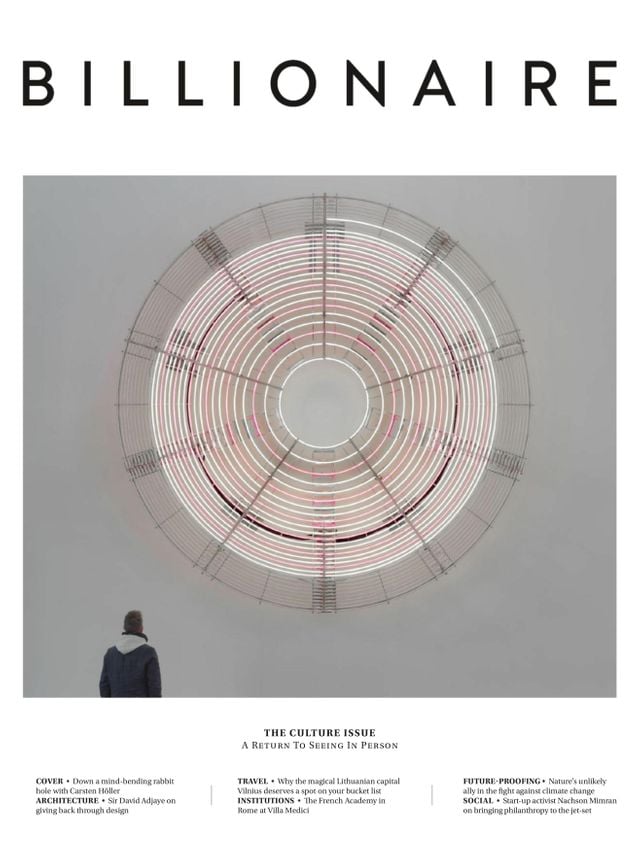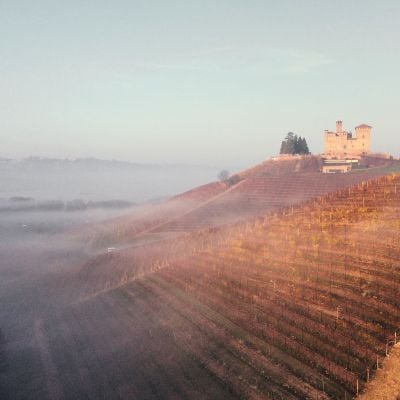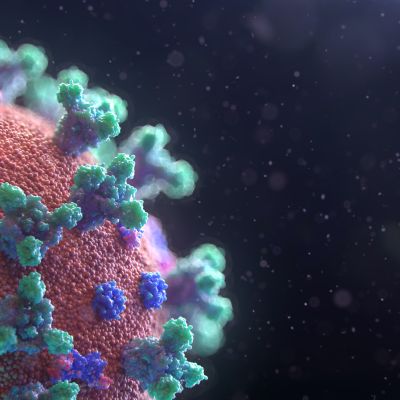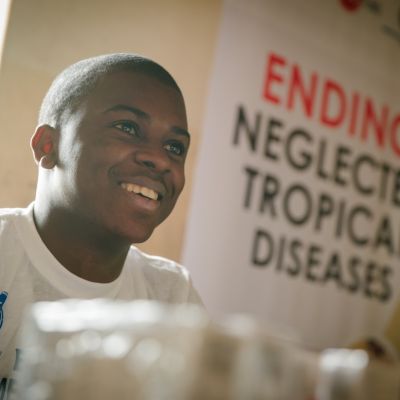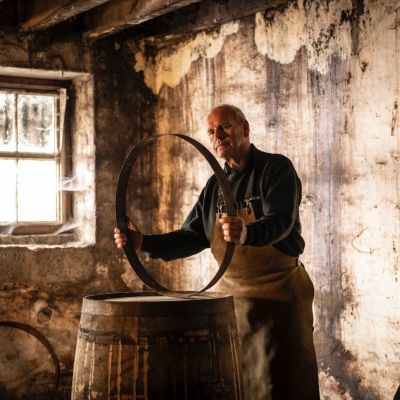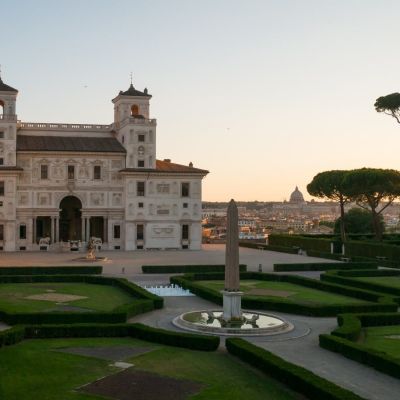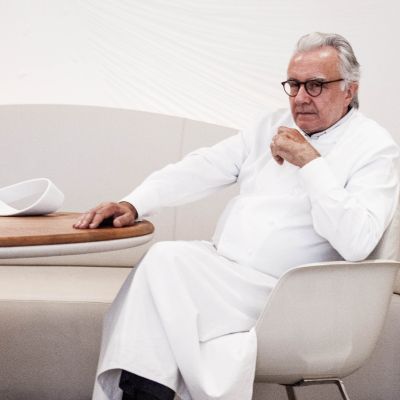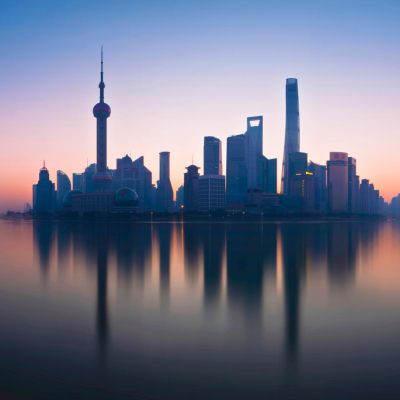Cultural Alliance
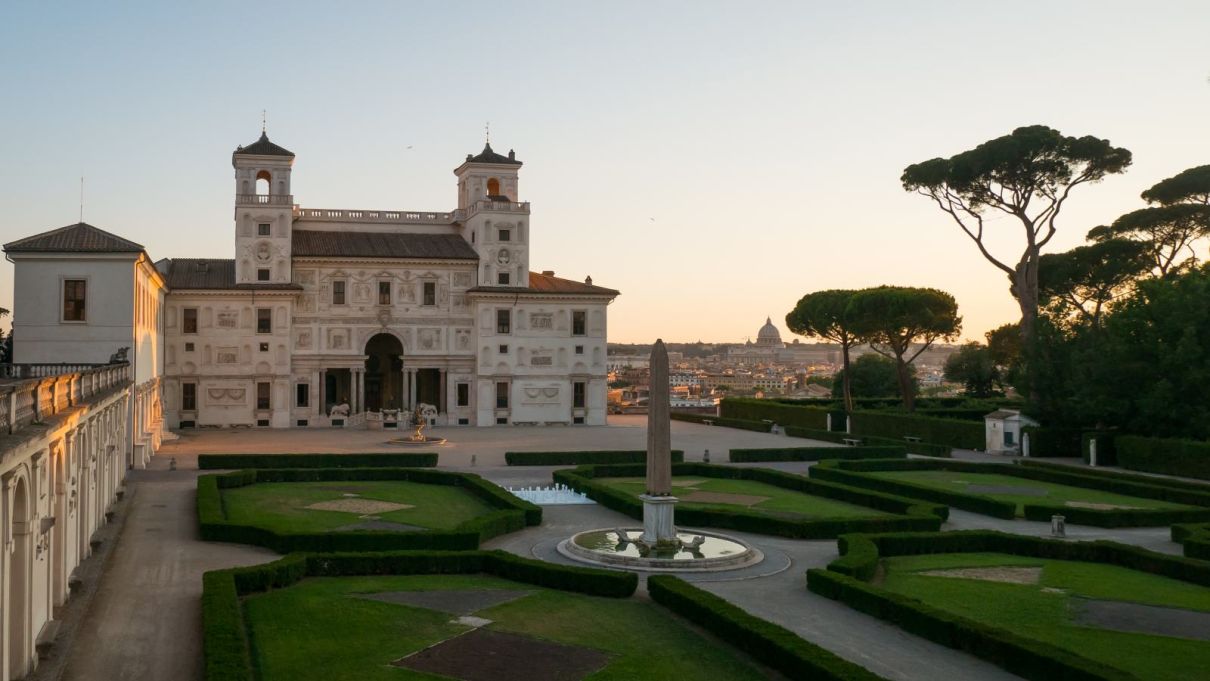
Villa Medici and the Louis Roederer Foundation come together.
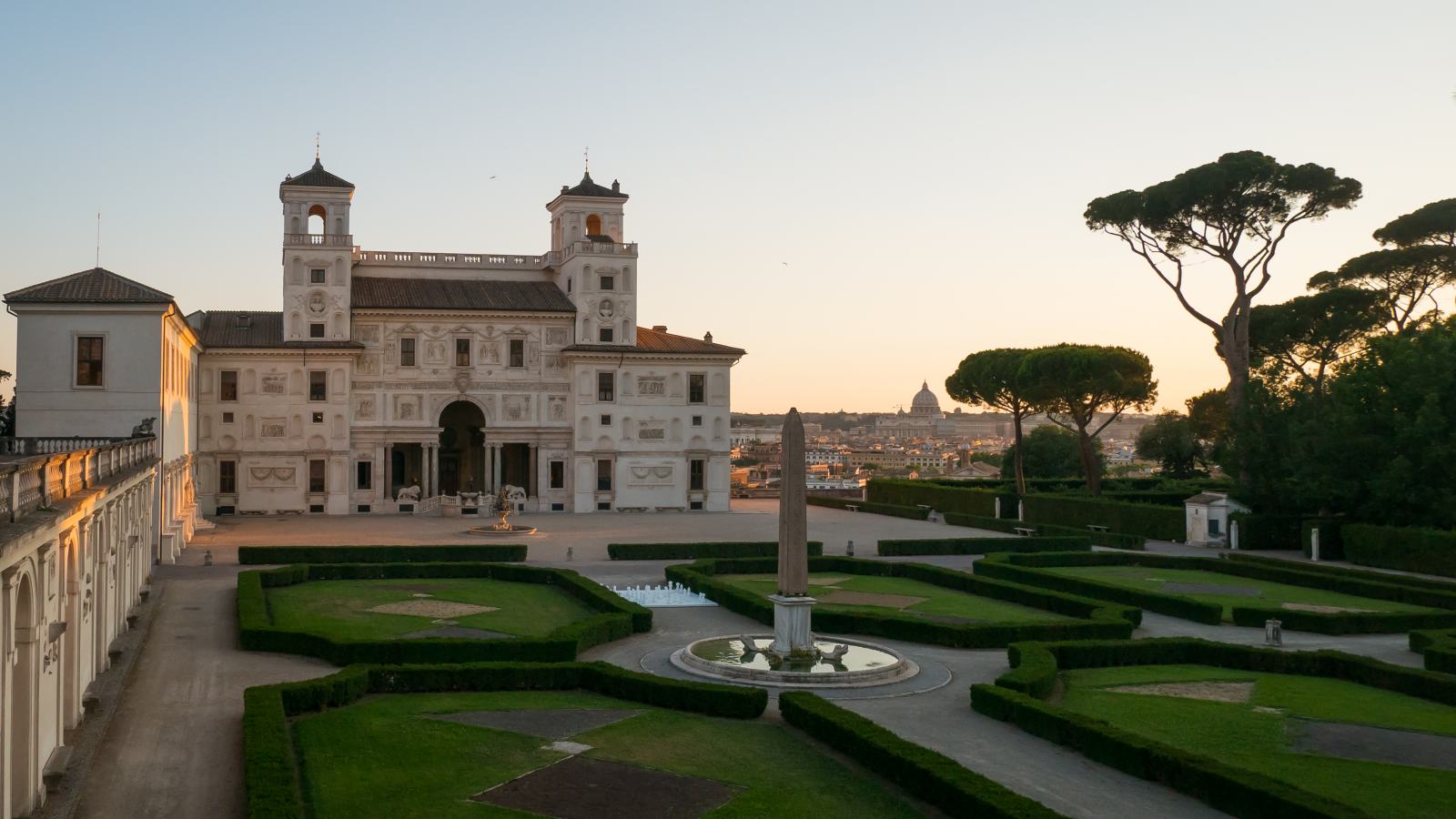
Villa Medici, one of France’s most prestigious cultural institutions, and the Louis Roederer Foundation have come together to celebrate a historical, yet contemporary, approach to culture. We sat down with Sam Stourdzé, Villa Medici’s new director, and Frédéric Rouzaud, CEO of Louis Roederer, to discuss their alliance.
What is the background to Villa Medici’s patronage of the arts?
Stourdzé: The very notion of power has long guided the Académie de France in Rome since it was first founded in 1666 by Louis XIV. Back then, its purpose was to welcome young artists who needed to complete their academic training. In situ, they copied antique sculptures that would then fill the king’s palaces. Historically, Villa Medici was at the service of sovereign ambitions, which is no longer the case. To this day, the villa’s prestige is also undeniably linked to the historical figures that have shaped its legacy, from Cardinal Ferdinand de Medici who bought the villa in 1576 to install his collection of antiquities before becoming Grand Duke of Tuscany; to Napoleon who decided in 1803 to establish the French Academy of Rome in its walls; or eminent directors such as the painters Ingres and Balthus. Since 1803, Villa Medici has been a symbol of aesthetic power.
Where does Maison Louis Roederer enter into this?
Rouzaud: For two-and-a-half centuries, Louis Roederer has been a family business and we are proud to have kept our independence. We praise a slow and essential approach to luxury. We nurture our vines for decades, embrace our heritage, and respect and protect our terroir. Like at Villa Medici, a form of timelessness prevails. However, each year comes as a natural challenge, a chance to write a different story and to create new wines. We approach contemporary artists with the same boldness: we recognise in them the capacity to see and express change, imagine new scenarios and to help us innovate.
How has Villa Medici’s mission evolved?
Stourdzé: The institution’s power is no longer linked to a personality. If 350 years of history is quite humbling, Villa Medici welcomes a wide array of talents in residence, for a year: Francophone artists, creative minds and researchers. Today, Villa Medici supports contemporary creation and research in art history. It has the power to bring artists, thinkers of our time and researchers from contrasting fields together to foster new ideas and practices.
As the Louis Roederer Foundation celebrates its 10th anniversary, would you say it takes the same approach to contemporary culture?
Rouzaud: Our vision is as organic as it is broad and the foundation’s involvement in the arts is kaleidoscopic: from photography to cinema, contemporary art to opera and literature, we embrace numerous disciplines. As a result, we support a collection of institutions from the most academic to the cutting edge and accompany countless upcoming artists. We’ve helped, for example, the Palais de Tokyo give free reign to exceptional artists for a solo show and supported new expressions in photography through the Roederer Prize at Rencontres d’Arles.
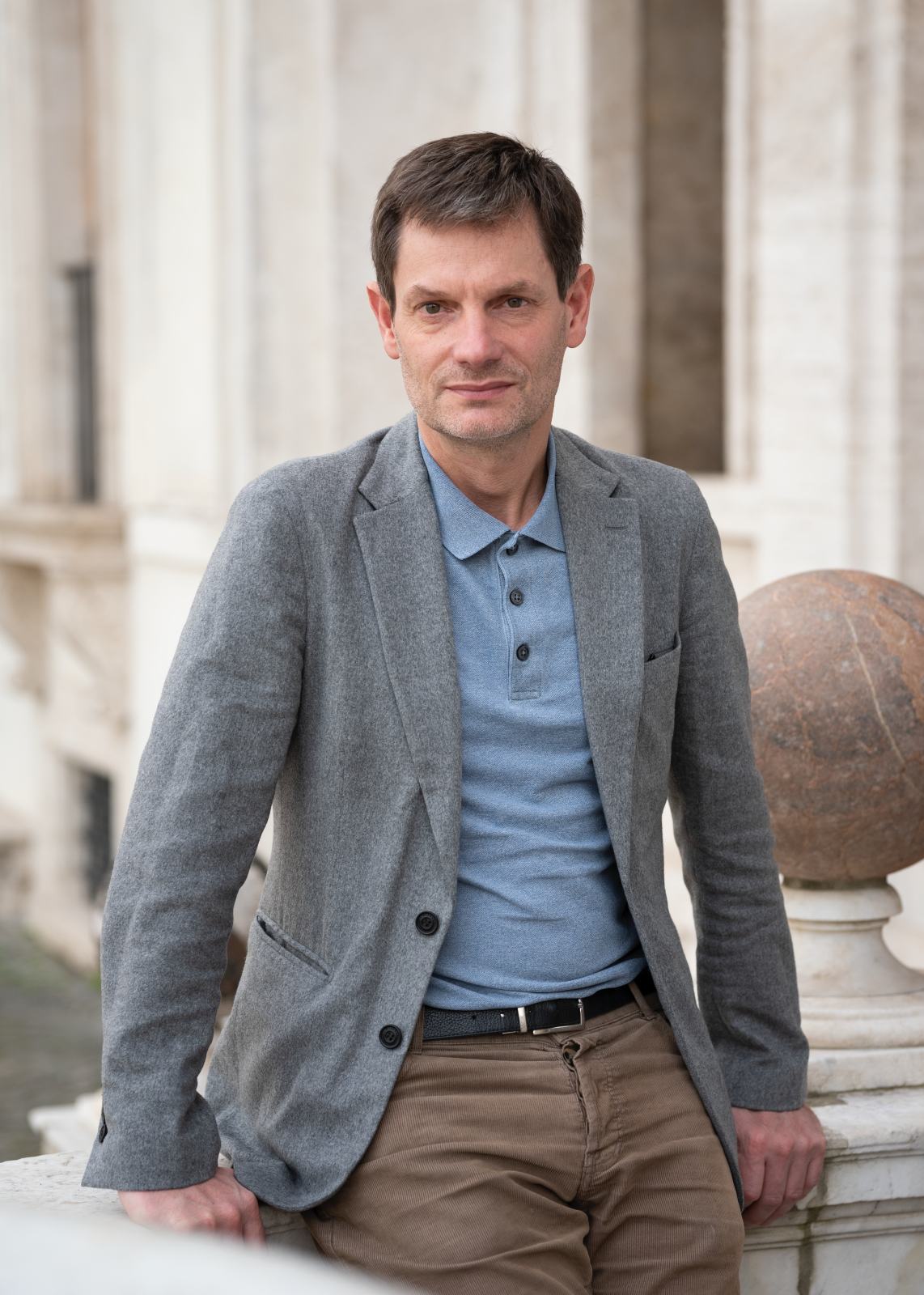
What happens when Villa Medici exhibits the work of its fellows?
Stourdzé: This year’s exhibition brought together the work of 16 artists, creators and researchers at the end of a year’s residency. It featured painting, sculpture, photography, architecture, sound creation, art history and theory, musical composition, the plastic arts and literature. Each promotion is different but has the power to change the way we think and look at certain topics. When they leave Villa Medici, fellows have a stronger voice to make a change internationally.
How do you see the foundation’s role in the future?
Rouzaud: As patrons, we constantly want to broaden our horizons: this year, we decided to support Sam Stourdzé and the Villa Medici’s fellows, as well as extend our commitment to photography with le Jeu de Paume in Paris and welcome MOMA’s Masterworks of Photography (1900-1940) this fall. One thing is certain, each year pushes us to discover new talents.
What lies ahead for Villa Medici?
Stourdzé: Villa Medici’s ambition is to be an experimental lab at the heart of contemporary social issues. For that, we need to build new networks of influence and links with new sponsors, whether private or institutional, but also with the academic world. Tomorrow, we will lead the way with new, broader artistic practices in educational, architectural and patrimonial fields. Our commitment today is geared towards bringing intelligent answers to a fundamental question: what purpose does an artist residency serve in the 21st century?
www.villamedici.it/en
www.louis-roederer.com/fr/foundation

